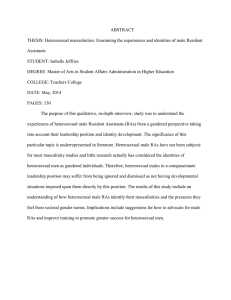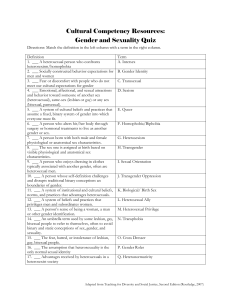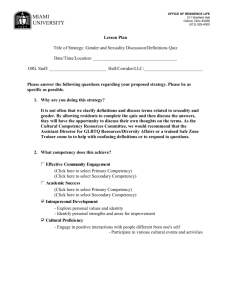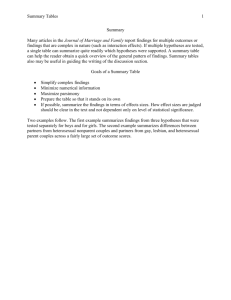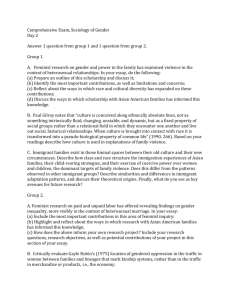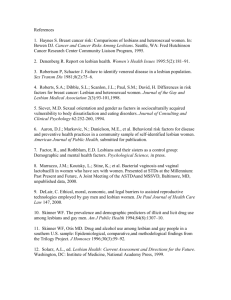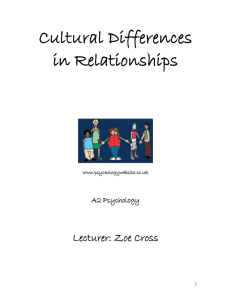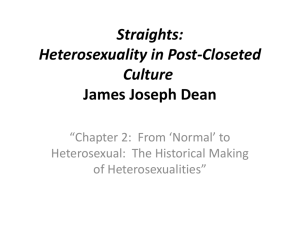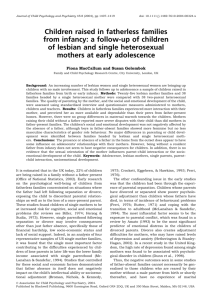Chapter Summary Friendships Girls` friendships are more intimate
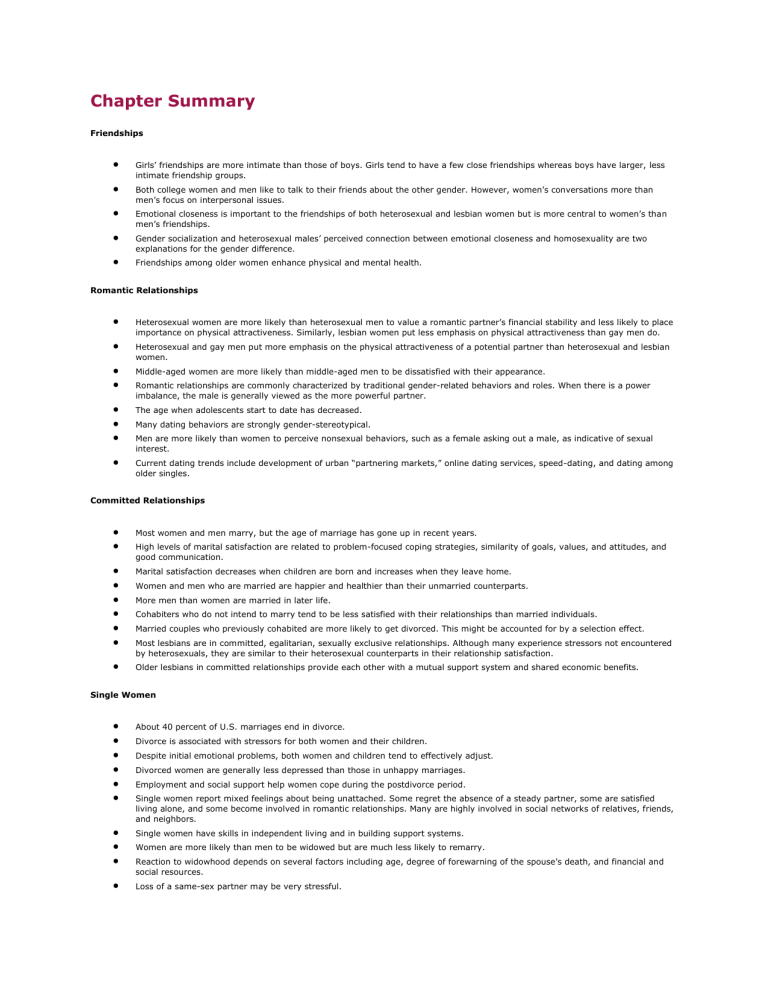
Chapter Summary
Friendships
Girls’ friendships are more intimate than those of boys. Girls tend to have a few close friendships whereas boys have larger, less intimate friendship groups.
Both college women and men like to talk to their friends about the other gender. However, women’s conversations more than men’s focus on interpersonal issues.
Emotional closeness is important to the friendships of both heterosexual and lesbian women but is more central to women’s than men’s friendships.
Gender socialization and heterosexual males’ perceived connection between emotional closeness and homosexuality are two explanations for the gender difference.
Friendships among older women enhance physical and mental health.
Romantic Relationships
Heterosexual women are more likely than heterosexual men to value a romantic partner’s financial stability and less likely to place importance on physical attractiveness. Similarly, lesbian women put less emphasis on physical attractiveness than gay men do.
Heterosexual and gay men put more emphasis on the physical attractiveness of a potential partner than heterosexual and lesbian women.
Middle-aged women are more likely than middle-aged men to be dissatisfied with their appearance.
Romantic relationships are commonly characterized by traditional gender-related behaviors and roles. When there is a power imbalance, the male is generally viewed as the more powerful partner.
The age when adolescents start to date has decreased.
Many dating behaviors are strongly gender-stereotypical.
Men are more likely than women to perceive nonsexual behaviors, such as a female asking out a male, as indicative of sexual interest.
Current dating trends include development of urban “partnering markets,” online dating services, speed-dating, and dating among older singles.
Committed Relationships
Most women and men marry, but the age of marriage has gone up in recent years.
High levels of marital satisfaction are related to problem-focused coping strategies, similarity of goals, values, and attitudes, and good communication.
Marital satisfaction decreases when children are born and increases when they leave home.
Women and men who are married are happier and healthier than their unmarried counterparts.
More men than women are married in later life.
Cohabiters who do not intend to marry tend to be less satisfied with their relationships than married individuals.
Married couples who previously cohabited are more likely to get divorced. This might be accounted for by a selection effect.
Most lesbians are in committed, egalitarian, sexually exclusive relationships. Although many experience stressors not encountered by heterosexuals, they are similar to their heterosexual counterparts in their relationship satisfaction.
Older lesbians in committed relationships provide each other with a mutual support system and shared economic benefits.
Single Women
About 40 percent of U.S. marriages end in divorce.
Divorce is associated with stressors for both women and their children.
Despite initial emotional problems, both women and children tend to effectively adjust.
Divorced women are generally less depressed than those in unhappy marriages.
Employment and social support help women cope during the postdivorce period.
Single women report mixed feelings about being unattached. Some regret the absence of a steady partner, some are satisfied living alone, and some become involved in romantic relationships. Many are highly involved in social networks of relatives, friends, and neighbors.
Single women have skills in independent living and in building support systems.
Women are more likely than men to be widowed but are much less likely to remarry.
Reaction to widowhood depends on several factors including age, degree of forewarning of the spouse’s death, and financial and social resources.
Loss of a same-sex partner may be very stressful.
Motherhood
The good mother stereotype can lead to mothers being blamed and mothers’ self-blame if something goes wrong or if the mothers deviate from the ideal stereotype.
Many single mothers face financial problems. Social support, as well as extended and augmented families, can help single mothers cope.
Lesbian and heterosexual mothers are similar in mothering style and adjustment. Children reared in lesbian and heterosexual families are similar in their psychological and social adjustment and their sexual orientation.
Most women report positive feelings about the “empty nest” period. Women who were employed during the childrearing years find it easier to relinquish the parental role.
Relationships in the Later Years
Feelings of closeness among siblings increase during adulthood, and the sister–sister bond is especially strong.
Older women generally have positive relationships with their adult daughters.
Unmarried older adults, most of whom are women, prefer living alone. Living with an adult child is the least popular choice, especially among Whites.
The closeness of the grandparent–grandchild relationship depends on many factors.
More grandparents than ever live in multigeneration households, particularly in ethnic minority groups.
Increasing numbers of grandmothers are rearing their grandchildren.
Growing numbers of older adults, especially women, are caregivers of their parents.
